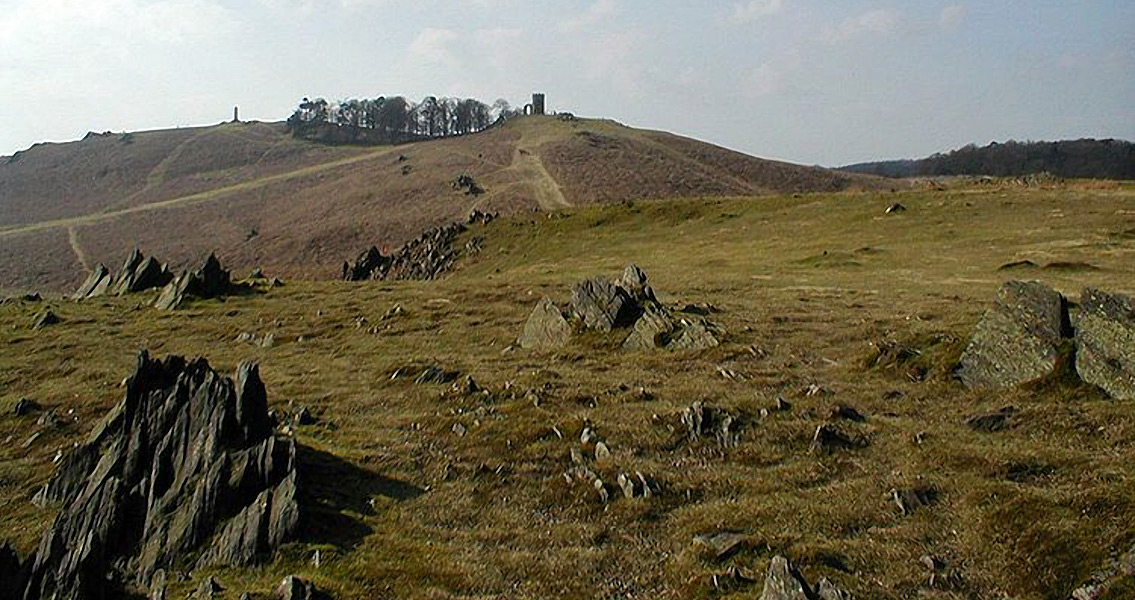<![CDATA[A round of excavation works at an upper Paleolithic site in Leicestershire is expected to provide scientists with valuable insight into the lives of migrant hunter-gatherers who repopulated northwestern Europe after the last Ice Age, around 14,700 years ago. The site, a prehistoric settlement, is located in Bradgate Park, an officially designated Site of Special Scientific Interest because of its geology, parkland and wet heath habitats, Heritage Daily notes. The dig follows an initial assessment that showed there were deposits of flint tools at the location. Expectations are for thousands of such tools and weapons to be unearthed, such as knives, piercers, scrapers, and projectiles. The researchers also expect to discover different activity zones, which would provide interesting information about the everyday lives of the people who repopulated the region after the ice had started to melt. Commenting on the dig, the principal investigator of the project, Lynden Cooper, told Heritage Daily that for researchers specialising in the upper Paleolithic, the site has a significance equal to that of Pompeii for other archaeologists. It provides a glimpse into “a record of human existence from a snapshot in time millennia ago.” Cooper went on to add that the site has been remarkably well preserved, as in untouched by human activity, because the area was turned into a deer park in the Middle Ages, and has remained relatively untouched since then. Cooper explained that towards the end of the last Ice Age temperatures started to rise relatively quickly, and northwestern Europe became a hospitable place for large herbivores such as deer, mammoths, elk, arctic hare and wild cattle, as well as some carnivores, including wolves, polar foxes, and bears. All these were natural prey for prehistoric people, who, once the weather started warming, moved up north and west and repopulated a region that had been barren for a period of ten millennia, Cooper said. These people were a sort of secondary colonisers of the region, “economic migrants in a period of rapid global climate change.” Archaeological work in Bradgate Park started in the nineteenth century and the first finds were made in caves such as Creswell Crags and Cheddar Gorge. These “provided the first evidence for the archaeology of this period.” However, sites outside of caves have only started to be identified in the last few years, thanks to modern technology. The site where the flint deposit was found is suffering from land erosion, which is a threat for any archaeological remains. That’s why the Bradgate Park Trust, with the financial support of a number of institutions including Natural England, Historic England, and the Leicestershire County Council, commissioned the University of Leicestershire Archaeological Services to excavate the site before it is lost to science. Earlier digs in the park turned up evidence that people have lived in the area for at least 12,000 years, with artefacts including flints, Roman and Mediaeval coins, Roman pottery, and a musket ball. ]]>
Exciting Finds Expected from Leicestershire Paleolithic Site
